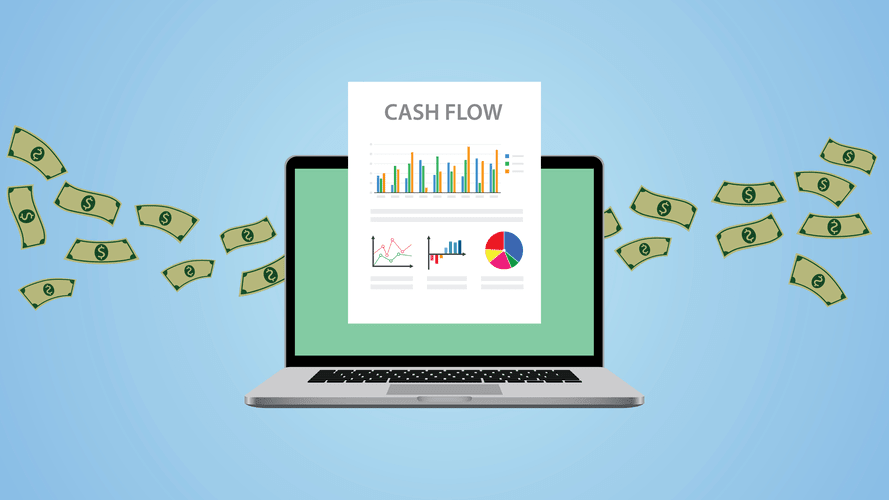
Analysts use it to project future revenues, expenses, and other financial metrics. By using MM, they can create models that are not only easier to read but also more efficient to work with. This is particularly important in scenarios where quick decision-making is required, such as during mergers and acquisitions or when assessing investment opportunities.
Advance Your Accounting and Bookkeeping Career

What matters is that readers look at the figures and understand the amounts. The choice between “M” and “MM” can also be influenced by regional practices and industry standards. In some European countries, for example, “M” is used to denote mm meaning millions, which can lead to confusion if not clearly defined.
These Rules Apply to Western Figure Representation

Rather than writing $400,000,000 or $400 million, the accountant can use the MM abbreviation and write $400MM instead. You have to be careful when using it or interpreting it because MM can stand for other things too. The term enables clarity and consistency, reducing the risk of misunderstandings due to different interpretations of number notation. The term MM is used in the finance world to denote one million and is a standard nomenclature used across the globe. It is commonly used in financial documents, contracts, and communication, especially those regarding large monetary amounts.
- Rather than use the barred M, however, accounting went with MM as an abbreviation for a million.
- If the company sells 26,000 units, the accountant can record that as 26M units.
- This methodology differs from everyday slang, which takes the first letter from each word as the primary abbreviation.
- For instance, a company reporting $5,000,000 in revenue would simply state $5MM, streamlining the data for stakeholders who need to quickly grasp the financial health of the organization.
- This underscores the importance of context and clarity in financial documentation.
Company
- While you can make MM stand for millions of anything, it’s important that the reader knows whether you’re talking about dollars, euros, units shipped, etc.
- You have to be careful when using it or interpreting it because MM can stand for other things too.
- Your use of the information on the website or materials linked from the Web is at your own risk.
- It also saves space and enhances readability in financial reports, statements, or ledgers where space might be limited.
- The Notation MM for representing Millions is becoming less common as it creates confusion between the representation of M and MM, whereas the M denotes the Thousand.
- This uniformity is crucial for analysts and investors who rely on these documents to make informed decisions.
This usage is prevalent in various industries and contexts, particularly in the United States, where it simplifies the representation of large numbers without overwhelming the reader with zeros. The Notation MM for representing Millions is becoming less common as it creates confusion between the representation of M and MM, whereas what are retained earnings the M denotes the Thousand. But due to confusion between M and MM, now the alternative notations are used for representing thousands and millions. For Representation of Thousand, K is used as an abbreviation, and for representing Million, Single M is denoted as an abbreviation. For example, tech companies might summarize billion-dollar valuations using MM for brevity. Additionally, MM minimizes errors when working with complex data, enhancing accuracy.
MM in International Reporting

For example, when comparing financial statements from different companies, the use of MM ensures that figures are easily comparable, reducing the risk of misinterpretation. In financial statements, the abbreviation “MM” is commonly used to denote millions. This shorthand is particularly useful in simplifying the presentation of large figures, making financial documents more readable and less cluttered. For instance, a company reporting $5,000,000 in revenue would simply state $5MM, streamlining the data for stakeholders who need to quickly grasp the financial health of the organization. Moreover, the use of “MM” aligns with the principles of transparency and comparability advocated by international accounting standards. Organizations like the International Financial Reporting Standards (IFRS) emphasize the need for consistent and comparable financial statements.

Usage of MM in Financial Statements
- Most financial sums are tracked in ones, tens, hundreds, thousands, and ten thousands.
- To avoid confusion, the term $1MM is often used to designate a million, while the generic “MM” represents 2,000.
- It is commonly used in financial documents, accounting, and stock market where space is a concern.
- That letter isn’t Greek or Roman, but the average reader would likely understand the concept.
- The MM abbreviation works whether the entry is in dollars, some other currency or millions of items or customers.
- Analysts use it to project future revenues, expenses, and other financial metrics.
Once Retail Accounting a number reaches higher than ten, it becomes much harder to count with your fingers. The Romans incorporated seven letters to represent different numbers for a standard counting method to simplify that situation. The prevailing thought as to why Romans used letters to represent numerical values instead of numbers involves the fingers on a person’s hand. While you can make MM stand for millions of anything, it’s important that the reader knows whether you’re talking about dollars, euros, units shipped, etc. If, say, you use it for both units and dollars in the same document, separate the different categories so your readers don’t get confused.

Recent Comments